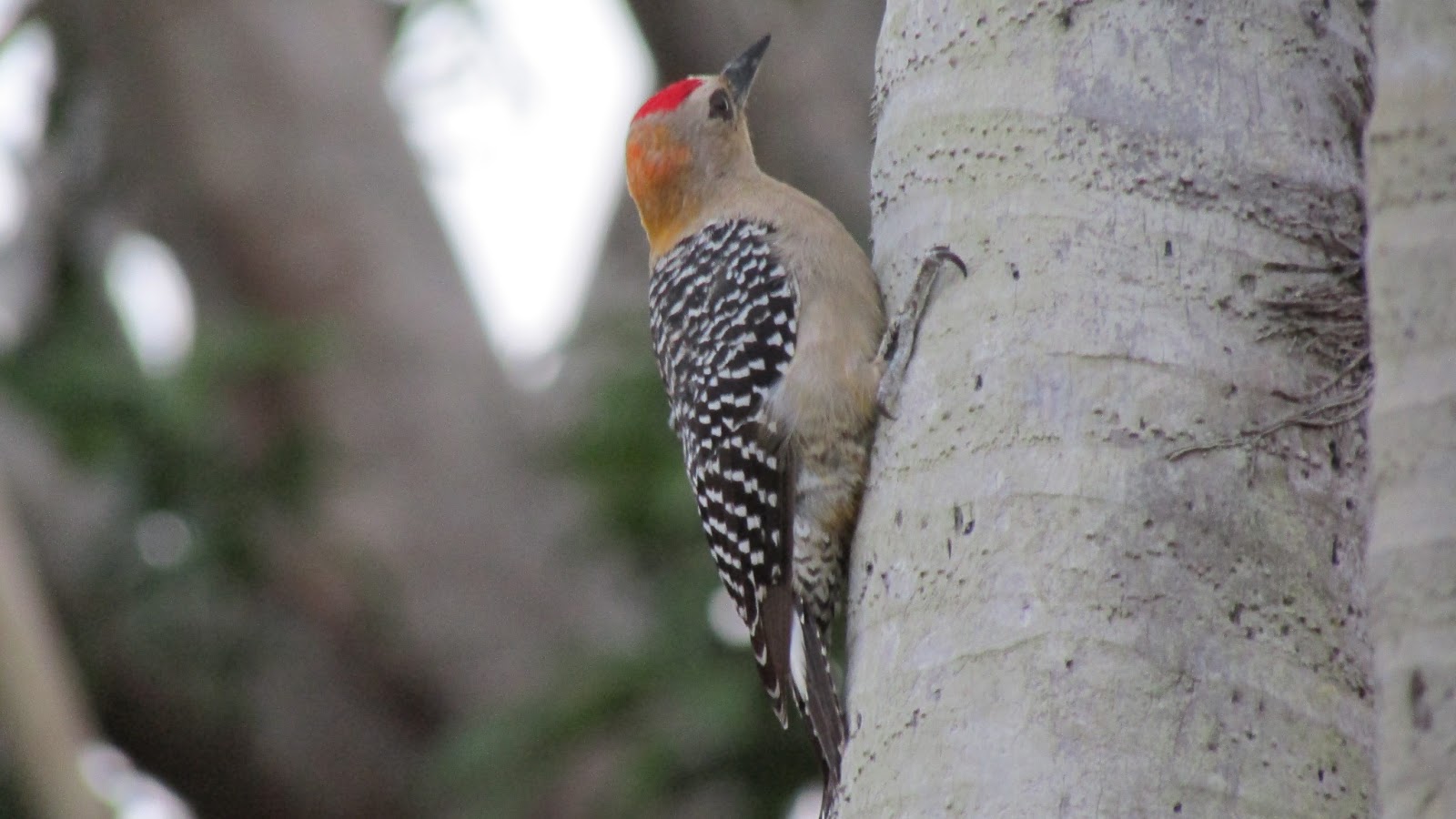Thursday, January 10, 2013
Sabbatical geographies
The winds of summer (verano) are blowing hard again on the southern
slopes rising up from Costa Rica’s central valley. My new home at Quizur sits nearly
3,000 feet above sea level (900 m) and offers a northeastern view over the
communities of Santa Ana, Ciudad Cariari, Barrio San Jorge, and then up the
slopes of the Barva Volcano that peaks at 2,906 m, or 9,534 feet. Our weather
today is in the mid-seventies, partly cloudy, and no chance of snow. Ever.
I don’t hate snow per se, but I’m enjoying the beginning of
my one year sabbatical away from seeing it on the North Cascade and Olympic
mountains in Washington, or, in the occasional storm that paralyzes Bellingham.
But what my new home here in Costa Rica and the Northwest share
is a mountainous geography. To the west of my Quizur cabina, a ridge rises up
to 1,600 m (just over 5,000 feet) at the beginning of the Fila de Bustamante.
This short series of mountainous projections expands southeast leading to Costa
Rica’s highest and largest mountain chain; the Cordillera de Talamanca.
To my northeast is the Cordillera Central formed by four
volcanoes: Poas, Barva, Irazú, and Turrialba. The first two form the horizon in
the picture above. Such an undulating terrain in Costa Rica combines with a
tropical climate to create twelve life zones that vary by heat, precipitation,
and moisture. A premontane moist and wet forest surrounds my little town of
Piedades but in a short drive, I can be in a tropical wet forest, a tropical
moist forest, and in only 50 miles (79 km), I would be on the edge of a lower montane
moist and wet forest protected in Carara National Park. Next time, I’ll delve
into one of the prominent scientific disciplines that help us understand this
special landscape: biogeography.
This Hoffman’s Woodpecker joined me for happy hour
yesterday. You can see its red crown, yellow-orange nape, with flanks and
crissum irregularly barred with black (Stiles and Skutch 1989, A guide to the birds of Costa Rica).
Subscribe to:
Post Comments (Atom)


No comments:
Post a Comment